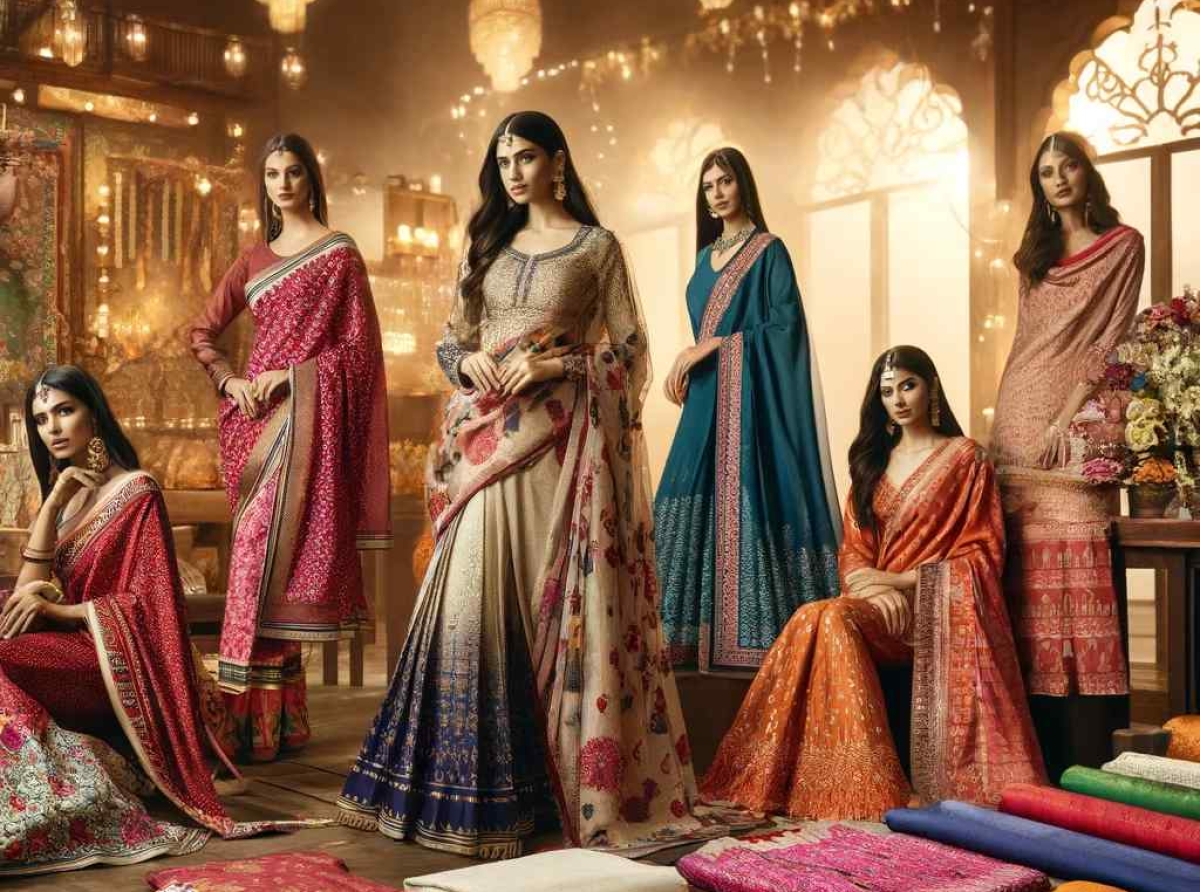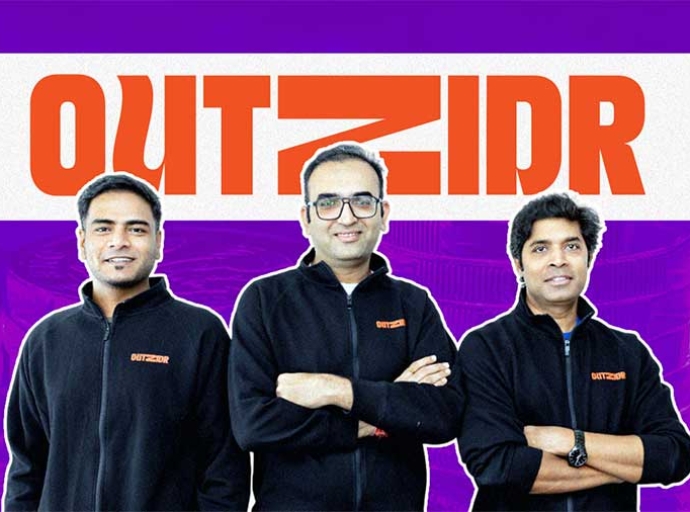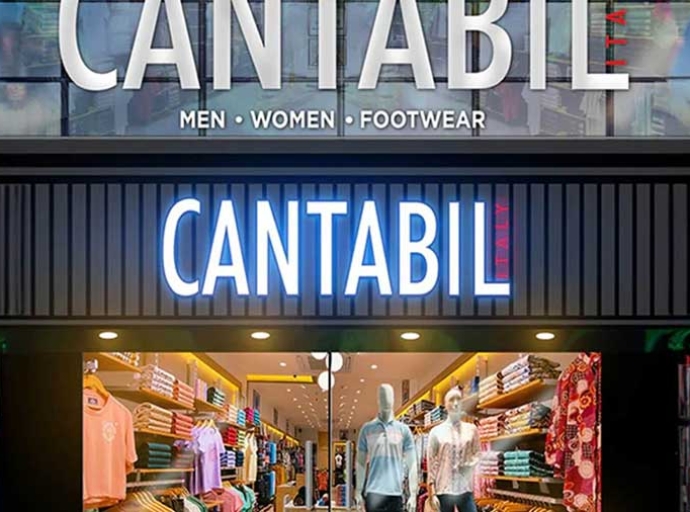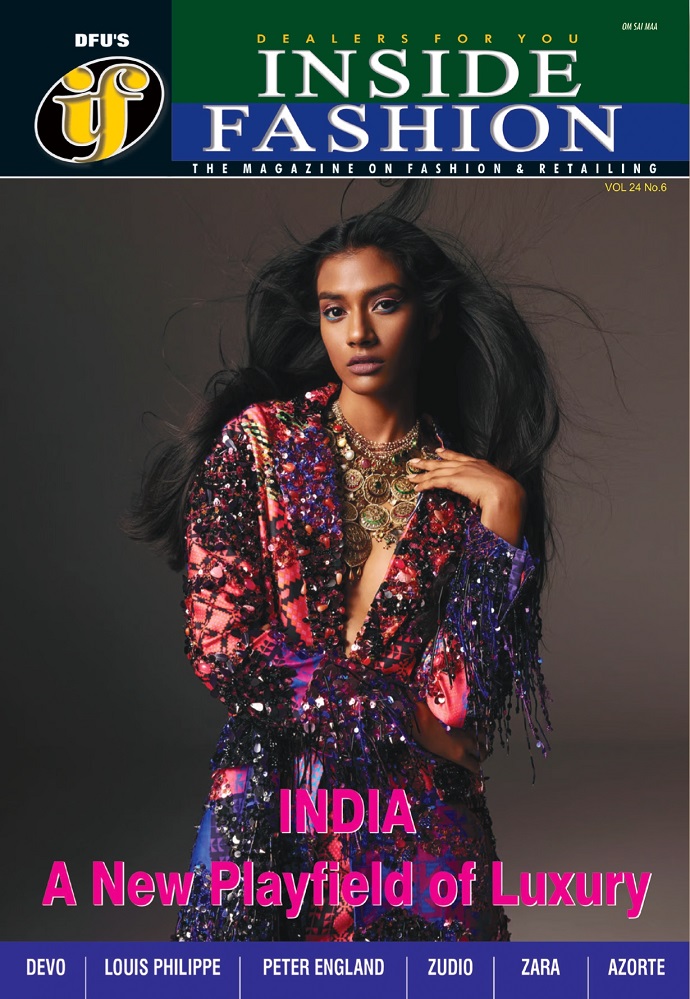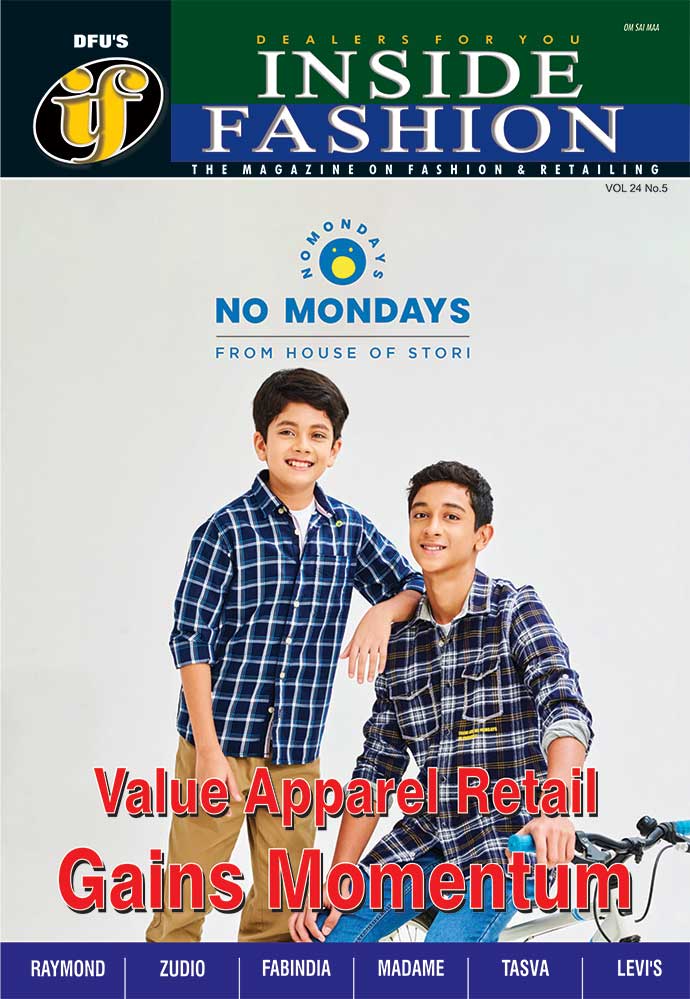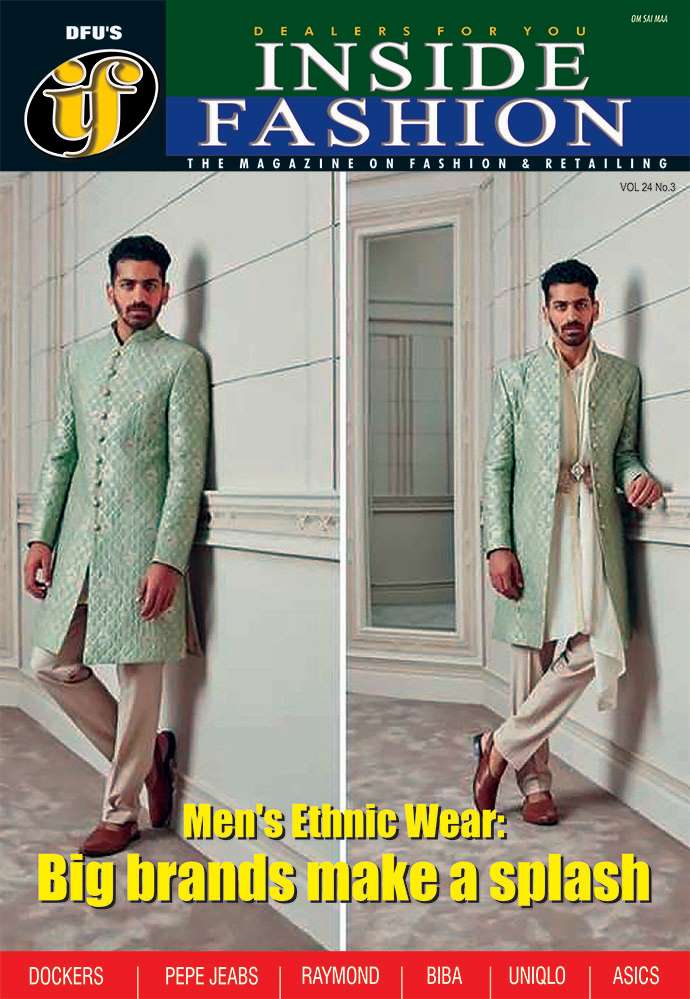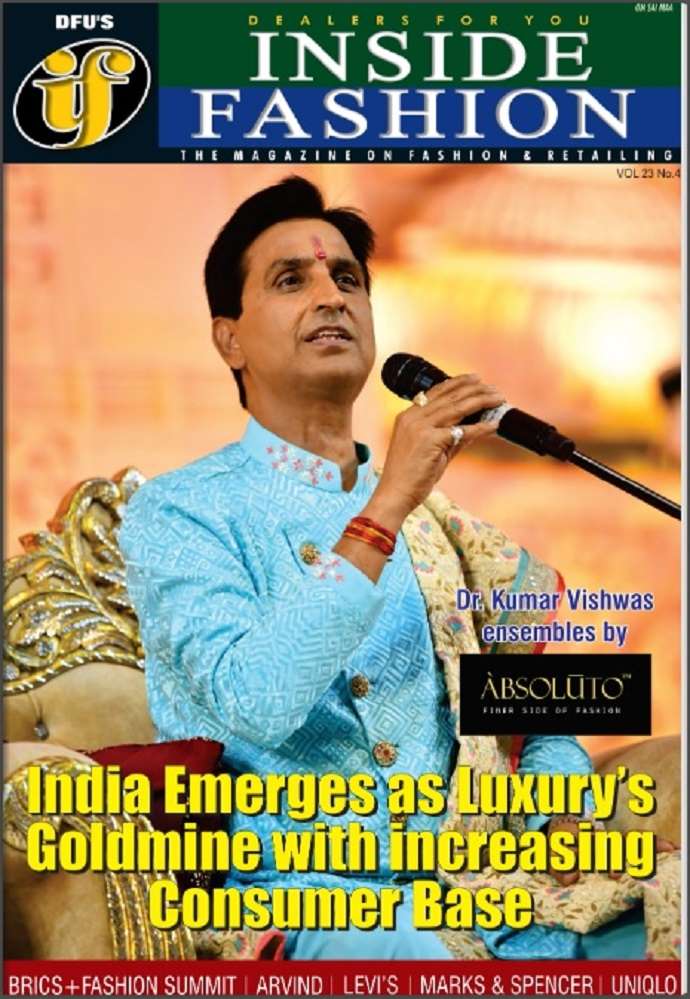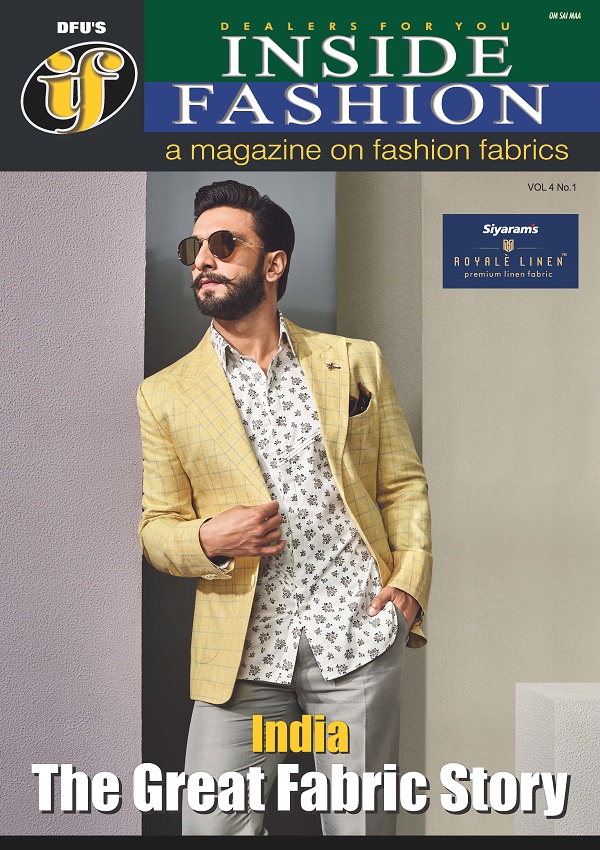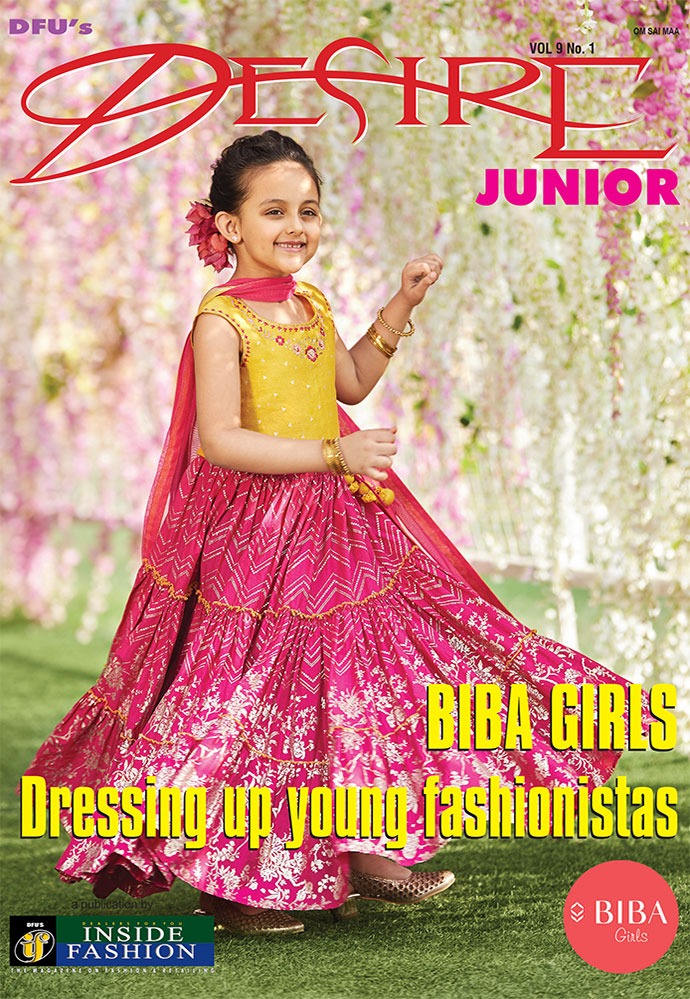20 June, Mumbai 2025
India isn’t just a country—it’s a continent of contrasts stitched into one. With over a billion people, dozens of climates, hundreds of languages, and millennia of textile traditions, the Indian fashion landscape is unlike any other. It defies homogenized global strategies, demanding that brands recalibrate their approach through a uniquely calibrated “Indian lens.”
From Kashmir’s winter woollens to Kerala’s breezy cottons, from metro’s streetwear to traditional wedding finery, the spectrum of consumer needs is as vast as the country itself. Success here isn’t about imposing trends—it's about interpreting them for a nation that celebrates both the past and the future, often in the same outfit.
Global misfires, local lessons
International brands have repeatedly stumbled by transplanting strategies that worked elsewhere. Sizing misfits, irrelevant collections, and climate-inappropriate merchandise are just a few missteps. Winter coats meant for European chills gather dust in Indian stores, while global size charts fail to flatter India’s diverse body types.
These failures aren’t isolated—they point to a deeper misreading of the market. India demands more than localization; it requires cultural fluency. It’s not enough to arrive. You have to adapt.
From Fit to Festival: Cracking India’s complex fashion code
The booming market with a billion-wear potential
Despite the challenges, the Indian fashion market is booming. Led by a digitally savvy, upwardly mobile youth population, fashion is no longer confined to urban elites. Thanks to e-commerce, consumers in Tier-II and III cities now have access to trends once limited to Delhi or Mumbai.
India’s fashion market is expected to grow at a CAGR of over 20 per cent in the next decade, pushed up by digital adoption, disposable income growth, and a rising fashion consciousness across age and income groups. Homegrown brands continue to dominate the sector, often outmaneuvering global players with their deep understanding of cultural nuance, local pricing dynamics, and seasonality.
Segments on the move
India’s fashion appetite is diverse and evolving fast:
Table: Broad market segmentation
|
Fashion category |
Market share (Approx.) |
Growth drivers |
|
Ethnic Wear |
40-45% |
Cultural significance, festive occasions, weddings |
|
Western Wear |
30-35% |
Urbanization, changing lifestyles, workplace trends |
|
Athleisure/Sportswear |
10-15% |
Fitness consciousness, youth culture, casualization |
|
Others (Footwear, Accessories) |
10-15% |
Complementary to apparel, personalization |
Indian consumers aren’t choosing one over the other—they’re blending styles. A kurta with sneakers or a sari with a denim jacket’ this mix-and-match mindset is where global trends can thrive, if they’re filtered through local relevance.
Local champions and why they win
Zudio and Trends, owned by domestic retail giants, these value fashion chains have cracked the code—offering style at scale, and substance at price points that work across economic tiers. With deep regional insight, they’ve tailored their collections to local festivities, seasonal requirements, and affordability.
Direct-to-consumer disruptors
Indian D2C brands like Bewakoof, Suta, and FableStreet are leveraging e-commerce and Instagram-savvy marketing to reach niche segments. Whether it’s handloom saris with a twist or gender-fluid streetwear, these brands are proving that agility and local flavor can be a winning combination.
Global trends, local execution
Some brands have mastered the art of translating global styles for Indian sensibilities—think lighter fabrics, richer colors, breathable silhouettes. An oversized blazer trend from the West becomes a structured, linen version that works in 40°C heat and fits the Indian frame.
The price of misreading India
Brands that enter with aggressive pricing but fail to justify their value proposition often struggle. In India, value for money doesn’t mean cheap—it means the right product, at the right price, for the right audience.
Also India is one nation with many markets. A singular marketing campaign doesn’t fly across India. Language, imagery, and cultural cues need regional adaptation. What resonates in Punjab might fall flat in Tamil Nadu. Brands ignoring this often lose consumer connection at the first click or glance. Distribution woes plague those unfamiliar with India’s complex logistics. From stockouts in smaller towns to overstocking in low-demand areas, brands that don’t invest in tailored supply chain strategies quickly find themselves losing customer trust—and money.
Where the future is headed
Today’s Indian consumer is vocal, digital-first, and brand-aware. They care about sustainability, representation, and authenticity. They expect fashion to fit their lifestyle and their identity. Inclusivity isn’t a buzzword here—it’s a baseline expectation. From extended size ranges to models who reflect India's many skin tones and communities, successful brands are those that mirror the people they serve.
The bottomline is India is not a fashion market—it’s a fashion mosaic. Cracking it requires more than a retail plan. It needs insight, humility, and adaptability. The brands that will succeed are those that don’t just sell to India, but build with India—respecting its diversity, innovating for its climate, pricing for its economy, and designing for its people. The Indian lens isn’t a strategy. It’s a mindset. And for those who master it, the runway leads not just across India—but to global success.
Latest Publications


